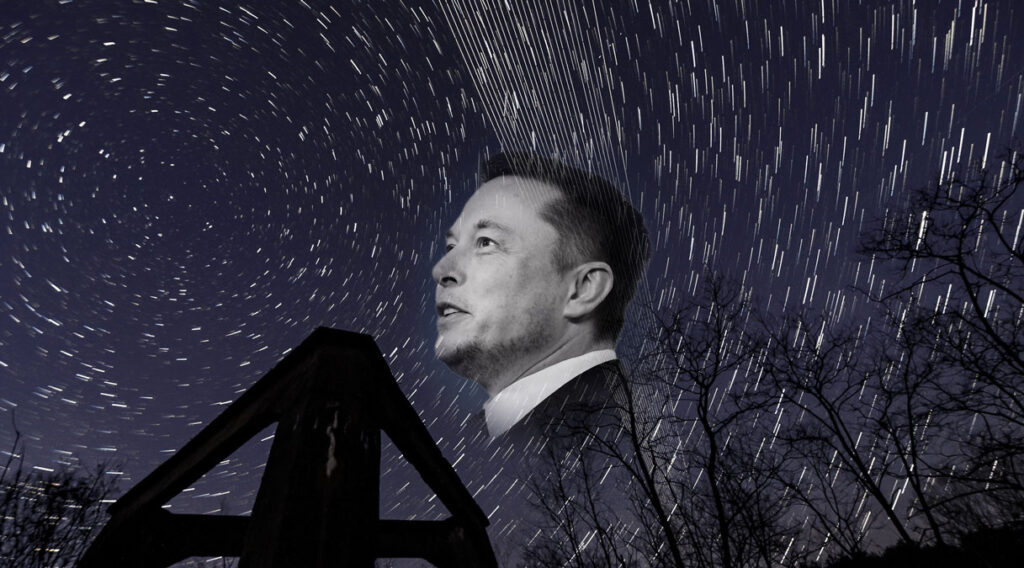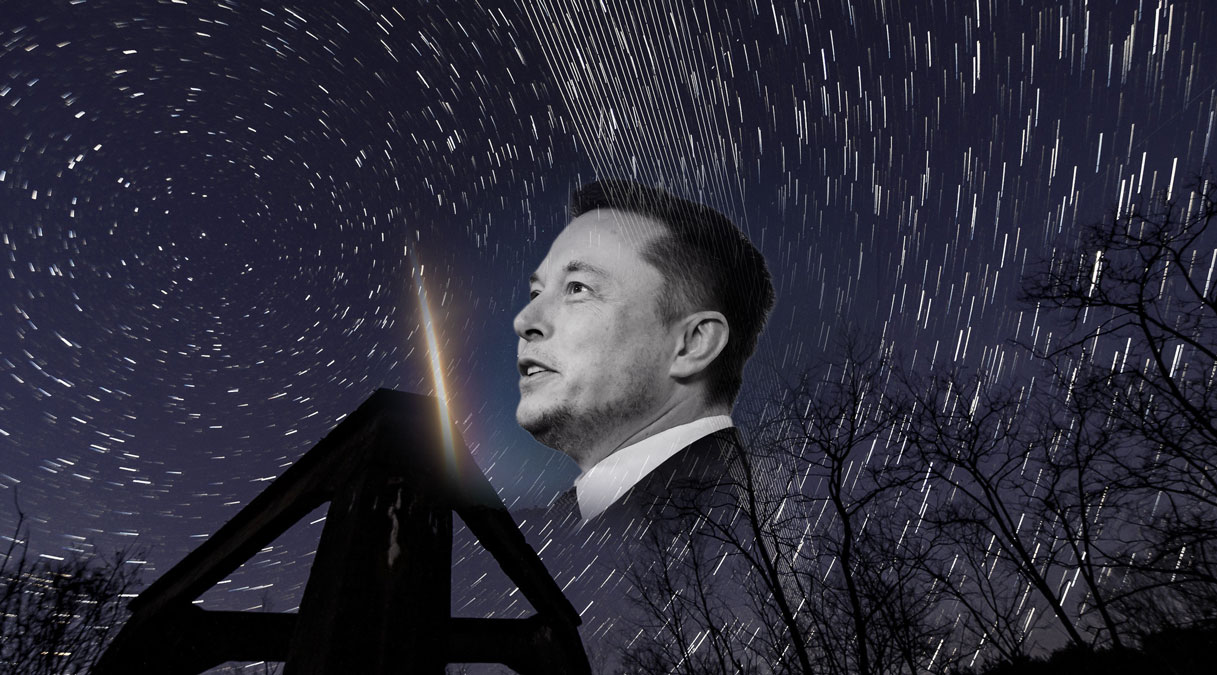
What began as a “Better Than Nothing Beta” is morphing into to a better than expected sign-up drive
According to SpaceX, there are now more than 1,000 subscribers actively using the service. With its current beta version, the Starlink satellite kit for both domestic and international, users can expect data speeds ranging from 50Mb/s to 150 Mb/s and latency from 20 to 40 ms.
In a response on Twitter, Musk promised that speeds would double to up to 300 Mb/s later this year. He also mentioned that the latency should improve to 20 ms.
“When satellites are far from Earth, latency is high, resulting in poor performance for activities like video calls and online gaming. Starlink satellites are over 60 times closer to Earth than traditional satellites, resulting in lower latency and the ability to support services typically not possible with traditional satellite internet,” based on the Starlink’s website.
The speed is the key and faster (with lower latency) is what everyone needs
300 Mb/s will be a very welcome speed upgrade, particularly for those in low to medium population density areas that are the primary target. Musk noted that those in city and urban areas, cellular will often have more advantages than satellites since those systems will be improving also, with 5g roll outs, for example.
Musk’s goal is to have most of the Earth covered and at least partially subscribed by 2022.
Those living in rural areas of the UK and using the beta version of the Starlink satellite are already seeing higher-than-originally-promised internet speeds.
Many who had previously only had traditional (traditionally slow and bad that is) satellite internet were astounded by the extent of the improvement, and pleasantly surprised on measurements how fast the service already is, considering there are many continuous improvements yet to come.
According to an interview from one user who lives in Bredgar, Kent, his household’s service often lagged between .05 and 1 Mb/s making simple tasks like streaming Netflix or downloading video games impossible or nearly so. Using Starlink he now averages 175 Mbps to 215 Mbps which a stark difference than his prior service.
For the rest of this year and into the foreseeable future more Starlink satellites are expected to be launched into orbit nearly every week, and the eventual total could reach over 30,000, the number already approved by the FCC (max total 42,000!). It is unclear if that number will be necessary, or ever achieved, but the service will see steady improvements as the total density increases.
Also, Musk has indicated that, beginning in 2022, there will be a new satellite design upgrade featuring laser systems to allow for satellite to satellite interaction. Speeds after those improvements come online might eventually reach 2Gbps which is faster than the terrestrial fiber systems currently available to consumers.
If you want to order, or pre-order with a timeline based on the availability in your area, you can register on the Starlink website. Bear in mind that the program is currently limited to users in select regions in the Northern US, Canada and the UK. The price for the Beta service is $99 a month plus a $499 one-time fee for the equipment.
Subscribe to our newsletter for all the latest updates directly to your inBox.
Find books on Space Exploration, Sustainable Energy and many other topics at our sister site: Cherrybooks on Bookshop.org
Enjoy Lynxotic at Apple News on your iPhone, iPad or Mac.
Lynxotic may receive a small commission based on any purchases made by following links from this page
